The first time I heard At the Gates’ “Slaughter of the Soul,” I was crammed into the back room of a record store in Stockholm during a particularly ill-advised “European metal pilgrimage” I’d embarked on in early 1996. I was ostensibly there to interview Entombed for a feature piece, but the real agenda was hitting every legendary Scandinavian metal spot I could find on my publication’s embarrassingly modest travel budget.
The shop clerk—a tall, impossibly thin guy with corpse paint tan lines still visible from what I assumed was a black metal show the night before—had been eyeing me skeptically as I flipped through CDs. When I asked if he had any recommendations for someone who dug the “Swedish sound” but wasn’t super familiar with the deeper cuts, he snorted that particular snort that only European record store employees have mastered.
“American?” he asked, though it wasn’t really a question.
I nodded, bracing for the inevitable condescension.
Instead, he reached under the counter and pulled out a CD. “This one. From Gothenburg. It’s been out a few months. Different from the Stockholm sound. More…” he paused, searching for the English word, “…melodic. But still brutal.”
The cover art was simple but striking—a strange, almost abstract figure against a red-orange background. AT THE GATES, read the logo, with SLAUGHTER OF THE SOUL beneath it. I was intrigued but skeptical. The Swedish death metal I was familiar with—Entombed, Dismember, Grave—had that distinctive buzzsaw guitar tone and cavernous production. The idea of “melodic” Swedish death metal seemed almost contradictory.
The clerk slipped the disc into the store’s player. The brief, atmospheric intro gave way to the title track, and within thirty seconds, I knew I was hearing something that would change metal forever. I just didn’t realize exactly how it would change it, or that I was witnessing the birth of what would eventually become American metalcore, of all things.
“Slaughter of the Soul” dropped in 1995, but its impact wouldn’t be fully felt for several years. At the Gates had been around since 1990, releasing three albums prior to this one, but their earlier material—while respected in death metal circles—hadn’t exactly set the world on fire. It was more complex, more progressive, sometimes verging on the avant-garde. With “Slaughter of the Soul,” they streamlined their approach, creating something more immediate and accessible without sacrificing their fundamental heaviness.
The result was revolutionary. Tomas Lindberg’s vocals remained as caustic as ever, a throat-shredding shriek that conveyed genuine fury and desperation. But underneath that extreme vocal approach were guitar parts that contained actual hooks—melodic leads that soared above the thundering rhythms, creating a contrast that was both jarring and immediately engaging. Anders Björler and Martin Larsson’s guitar work found that perfect sweet spot between brutality and beauty, crafting riffs that were technical enough to impress the death metal crowd but memorable enough to stick in your head after a single listen.
And that production—holy hell. Fredrik Nordström captured the band at Fredman Studios with a clarity and punch that was miles away from the murky sound that dominated much death metal at the time. Every instrument was perfectly placed in the mix, creating a wall of sound that was overwhelming but never muddy. Adrian Erlandsson’s drums, in particular, benefited from this approach—his precise, almost martial beats drove the songs forward with relentless momentum.
Songs like “Cold,” “Under a Serpent Sun,” and “Suicide Nation” perfected this new approach, delivering concentrated bursts of melodic extremity that clocked in at around three minutes each. There was no fat, no indulgence—just razor-sharp compositions that made their point and got out. It was death metal reimagined as a precision weapon rather than a bludgeon.
At the time, I viewed “Slaughter of the Soul” as a brilliant evolution of Swedish death metal, a new chapter in an ongoing story. What I couldn’t have predicted was how this album would become patient zero for an entirely different scene thousands of miles away.
The connective tissue between At the Gates and American metalcore became clear to me around 2002, when I was covering a festival that featured several up-and-coming metalcore bands. Shadows Fall was on the bill, along with Killswitch Engage and a few other acts that were starting to gain momentum. During Shadows Fall’s soundcheck, I heard guitarist Matt Bachand playing what sounded eerily familiar—it was the main riff from “Slaughter of the Soul,” note for note.
Later, interviewing the band backstage, I mentioned the At the Gates influence, and the floodgates opened. They spoke reverently about “Slaughter of the Soul,” describing how it had been a blueprint for their sound. When I asked why this particular album had such an impact, vocalist Brian Fair said something that stuck with me: “It showed you could make extreme music that was also… I don’t know, anthemic? Like, you could have these brutal verses and then this chorus hits and suddenly you’re pumping your fist. Nobody was doing that in death metal before them.”
As I caught more metalcore shows over the next few years, the At the Gates influence became impossible to ignore. The formula that countless bands adopted was right there on “Slaughter of the Soul”: razor-sharp, palm-muted riffs in the verses; soaring, melodic guitar lines in the choruses; breakdowns that emphasized groove over pure speed; and the stark contrast between screamed verses and more melodic sections. Some bands, like The Black Dahlia Murder, were open about their worship. Others absorbed the influence more subtly, but it was always there if you knew what to listen for.
What fascinates me about this cross-pollination is that it was never intentional on At the Gates’ part. They weren’t trying to create a template for a new subgenre; they were simply refining their approach to death metal. In fact, they broke up shortly after “Slaughter of the Soul” was released, completely unaware of the seismic impact their swan song would have on metal’s evolution. (They eventually reformed in 2007, but that’s another story.)
The irony is almost too perfect—a Swedish death metal band unwittingly laying the groundwork for a distinctly American fusion of extreme metal and hardcore. It’s a reminder that musical influence rarely follows a predictable path. Ideas travel across oceans, mutate in unexpected ways, and emerge in new contexts that their originators could never have imagined.
I interviewed Anders Björler sometime around 2008, after At the Gates had reunited for some festival appearances. When I brought up the band’s influence on American metalcore, he seemed both flattered and slightly bemused. “It’s strange,” he said. “We were just five guys from Gothenburg trying to make the album we wanted to hear. We had no idea it would connect with people in that way, especially in America. Some of those bands have had much more success than we ever did.”
There was no bitterness in his voice, just a genuine wonder at how art takes on a life of its own once it’s released into the world. And he’s right—bands that built their sound on the At the Gates template, like Killswitch Engage and As I Lay Dying, achieved levels of commercial success that far eclipsed their Swedish influences. At the Gates may have provided the blueprint, but it was American bands who turned it into a viable commercial product, adding their own elements—more pronounced breakdowns, clean choruses, metallic hardcore riffing—to create something with broader appeal.
Of course, this massive influence has been a double-edged sword for At the Gates’ legacy. For every innovative band that built something distinctive on the foundation of “Slaughter of the Soul,” there were a dozen derivative acts that copied the formula without understanding what made it special in the first place. By the mid-2000s, the “At the Gates riff”—that distinctive melodic tremolo picking over a driving rhythm—had become almost a cliché, a shorthand for a certain type of metalcore that was rapidly reaching saturation point.
I remember attending a metal festival around 2007 where three consecutive bands on a side stage played sets that sounded like “Slaughter of the Soul” cover bands with different vocalists. Standing there with my lukewarm $12 beer, watching these youngsters earnestly delivering third-generation copies of At the Gates’ innovation, I felt a strange mixture of amusement and melancholy. This is how influence works sometimes—what begins as revolutionary gradually becomes conventional, then eventually clichéd.
But that doesn’t diminish the power of the original. Returning to “Slaughter of the Soul” today, what strikes me is how fresh it still sounds, how little it’s aged despite being so ruthlessly copied. Those songs still deliver the same punch they did when that record store clerk first played them for me in Stockholm. The production has weathered the decades better than many of its contemporaries, and the songwriting remains immaculate—lean, purposeful, and devastatingly effective.
The album has achieved that rare status where it’s both a perfect entry point for newcomers and a record that rewards longtime fans with each listen. You can appreciate it on a surface level—these are, at their core, incredibly catchy extreme metal songs—or you can dive deeper into the technical aspects, the subtle intricacies of how those melodic elements are woven into such aggressive music without ever feeling forced or contradictory.
What At the Gates accomplished with “Slaughter of the Soul” is something few bands ever achieve: they created something so fully realized, so perfectly executed, that it became both their definitive statement and a template for countless others to follow. That it happened on what was intended to be their final album (until their eventual reunion) only adds to its mystique—a perfect exit that inadvertently created a new entry point for a generation of metal bands.
I’ve often wondered what would have happened if At the Gates had stayed together after “Slaughter of the Soul,” if they had continued to develop this approach rather than disbanding. Would they have pushed the formula further? Would they have moved in a different direction entirely? Would they have become huge in America as metalcore exploded in popularity, or would they have remained cult heroes, watching as their sonic descendants achieved the success that eluded them?
These questions have no answers, of course. What we’re left with is this perfectly preserved moment—ten tracks and thirty-four minutes of music that arrived, rewrote the rulebook, and then vanished, leaving the metal world to sort out its implications. “Slaughter of the Soul” wasn’t just an album; it was a butterfly effect, a small event with consequences that rippled outward in ways no one could have predicted.
Not bad for a CD that a skeptical Swedish record store clerk handed to a jetlagged American journalist on a cold afternoon in Stockholm.
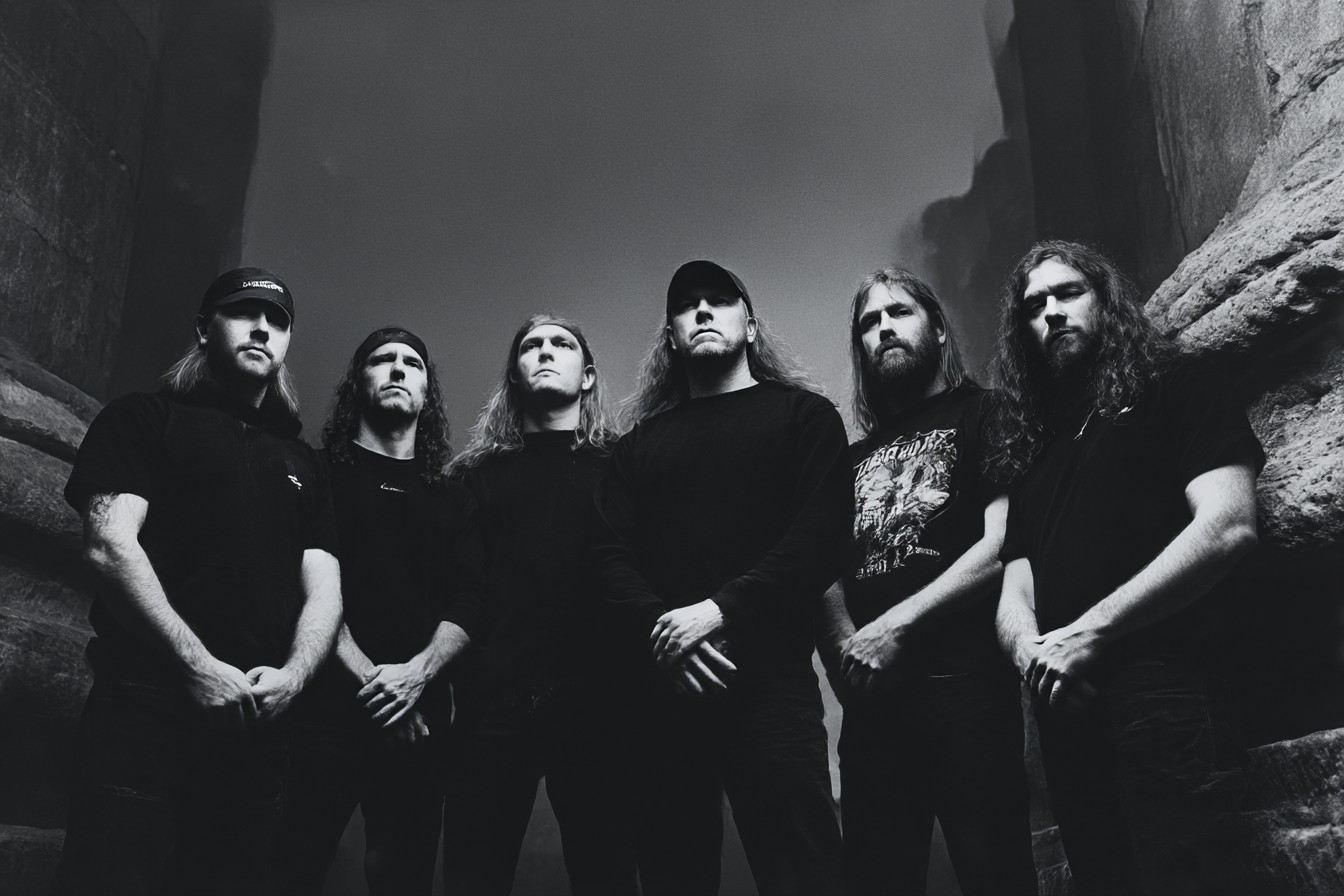
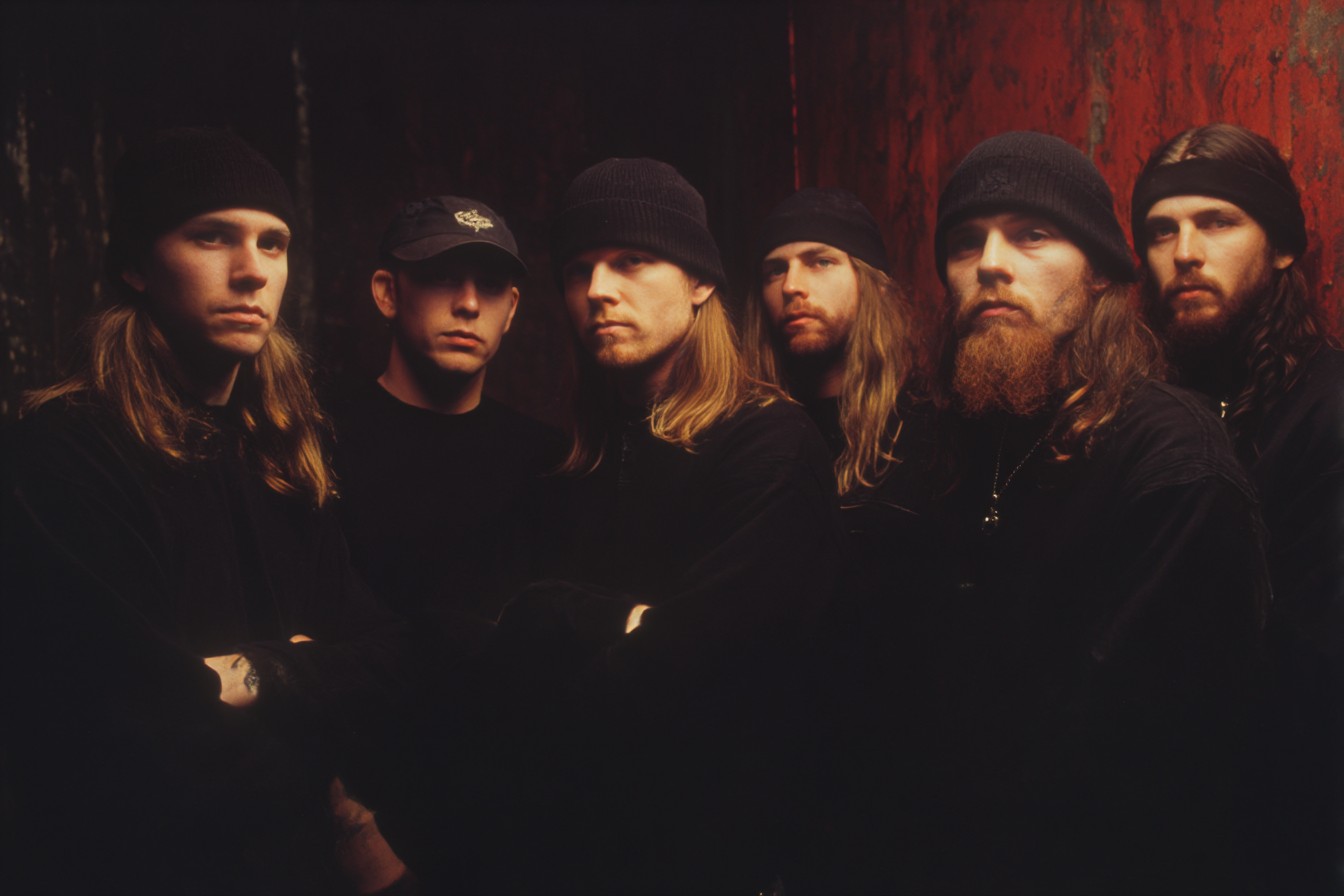
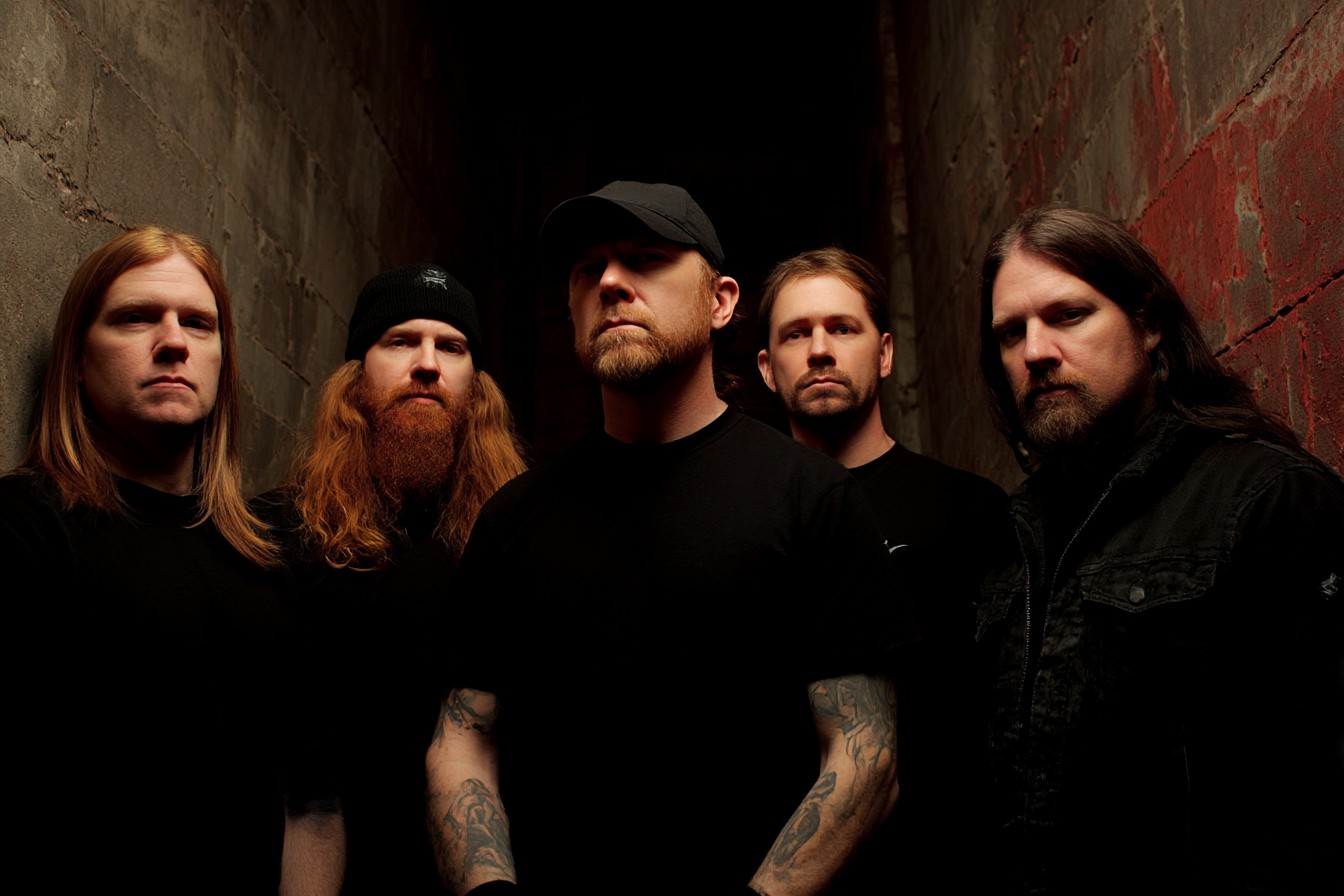
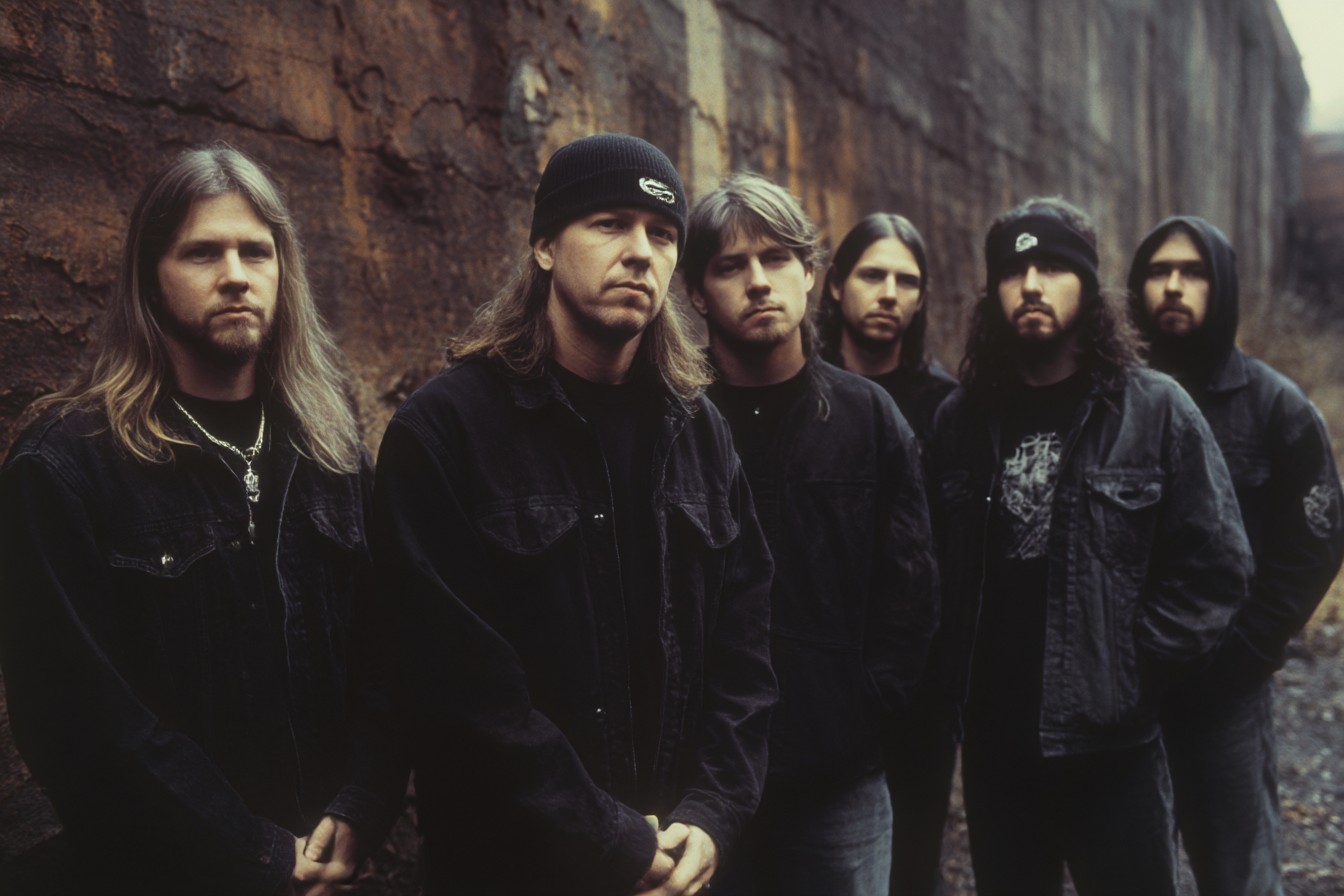
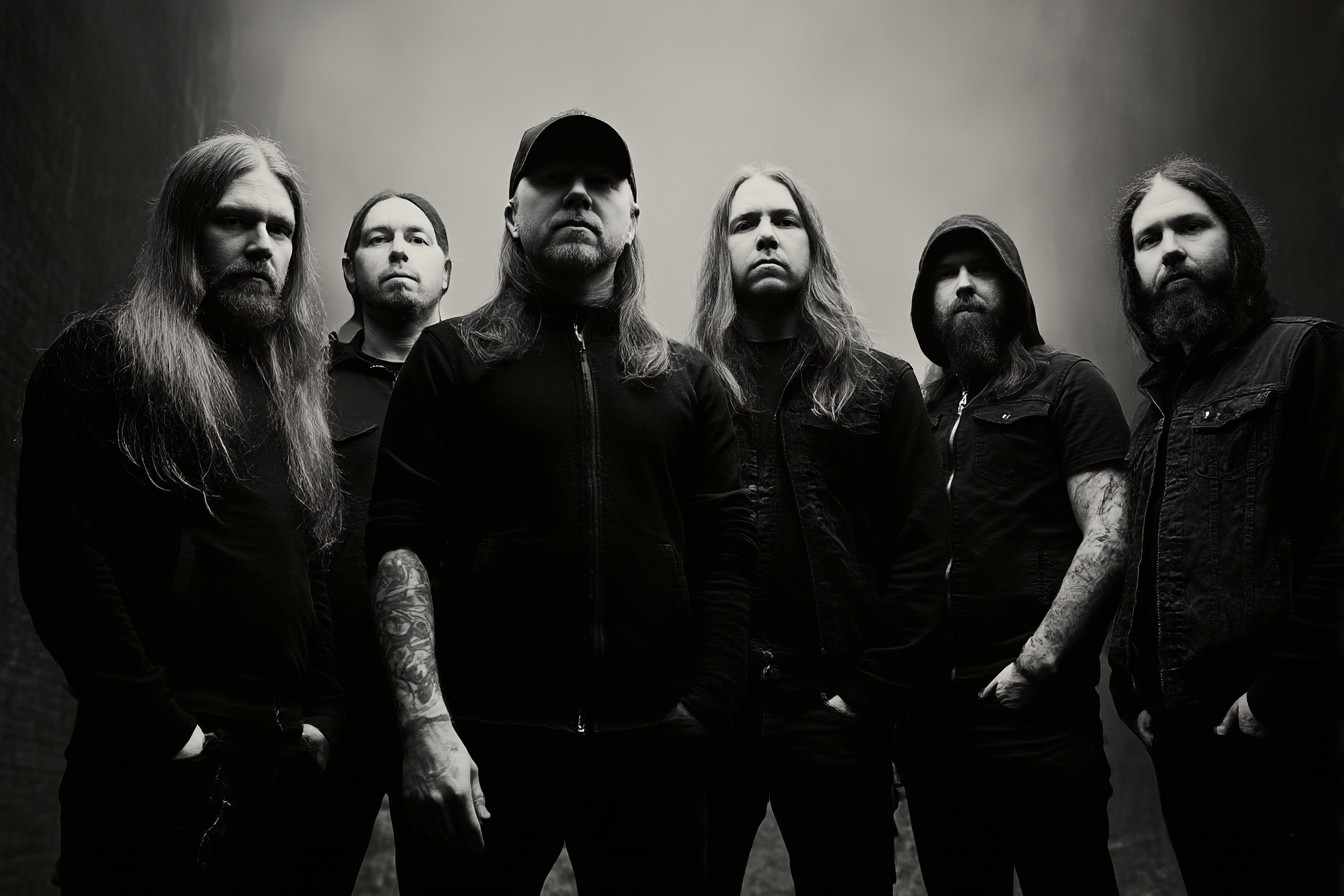
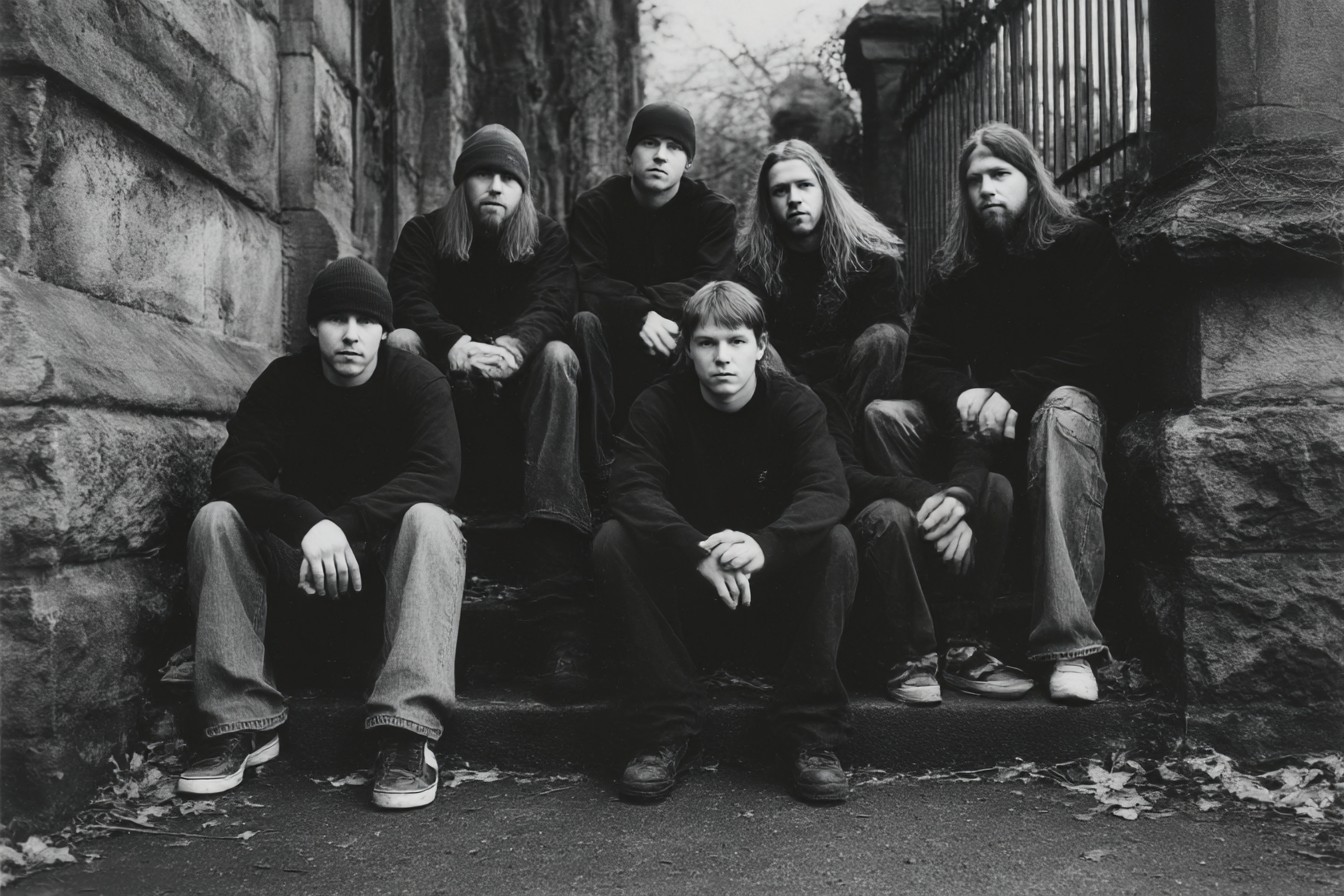
Leave a Reply